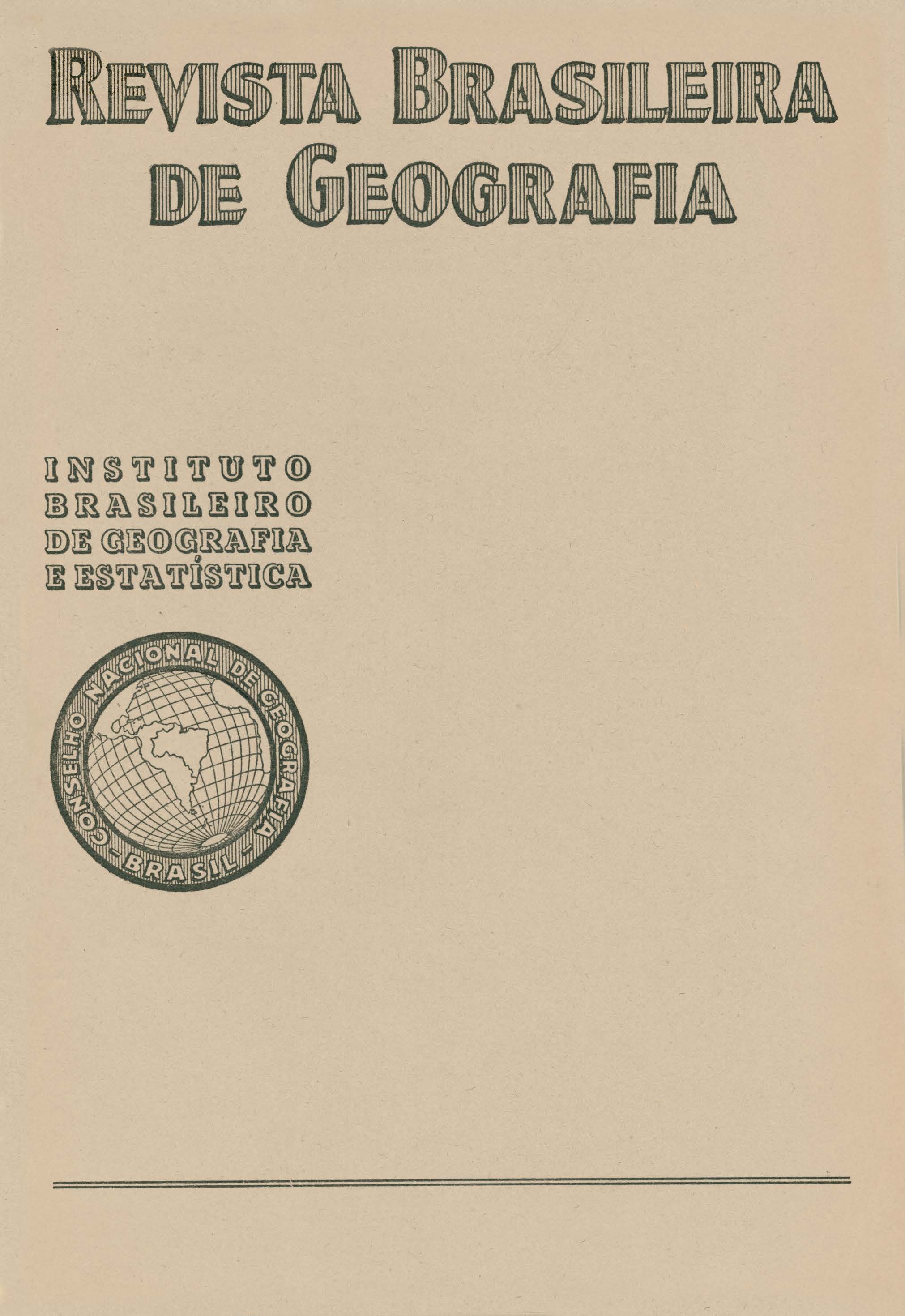Notas sobre a geografia da Amazônia
Resumo
The author, associated with the tecnical staff of the Boundary Commission of the North Sector, having traveled In the northern regions became apt to portray correctly. every observation made at time of the demarcation of our boundary lines with Venezuela. Based on the work of good authors he completes his bird's eyes view regarding the Amazonian geography. In speaking of the geological history of the mar dulce, quoting Agassiz, Katzer, Derby and Hartt, he also finds support on Avelino de Oliveira and Oton Leonardos to wen define the geology of the Amazonian plain. Leaning on· La Condamine he establishes the hydrographic conditions of the mighty river. The stream has a ponderable and stable system~ owing to the fact that its tributaries rise in both hemispheres and possess an inverse system. While some are subect to tropical rains, those of the opposite hemisphere are influenced by the dry period. The flow from the tributaries of one side maintain the equilibrium mof the main stream just at the moment when those of the other shores desert it. The Amazon attains the highest rate of flow between March and July. The author arrives at the conclusion .that the Amazonas-Solimões breaks through the northern portion along the geographical axis of its basin. Its tributaries Juruá, Purús and Madeira on the southern bank reach respectively 3300, 3200 and 3250 km., whilst the Negro on the left bank is only 1700 km. long. He says that the headwaters of the latter are not yet determined. Be explains why the Amazonas, despite having a firm water flow much heavier than that of the Mississippi. does not form a positive delta at its mouth. He holds that the destructive effects of the flow and tide is definitely caused by the existence of a channel bisecting Caviana island from east to west. As to the width, his assertion is that the observer cannot grasp both shores with the eye, except in Obidos where the river presents only 1982 metres, flowing at the rate of 100 000 m3 per second. He report a the islands formation in the course of the stream, bringing out the testimonies of Jacques Huber and Glycon Paiva. The Amazonian basin is traced as if inserted in a surface polygon estimated at 6 430 000 km2. In passing to describe the sides of the enormous polygon of which de. scrutinizes the northern side, he furnishes readers with very interesting material based on personal observation. In connection With the solution urged for problema pertinent to the rational utilization of the soil, as sanitation, cultivation,peopling and industralization, he adds that any project to be undertaken must necessarily reston a perfect knowledge of the geographical environment and concludes that "when all this is changed into a reality, every obstacle difficulting and curtailing the ·radius of human action Will have been removed."






